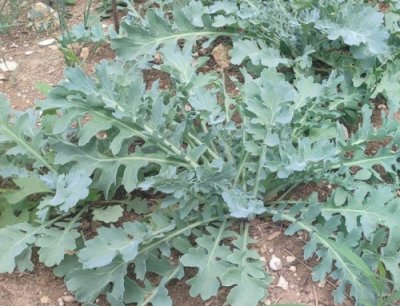
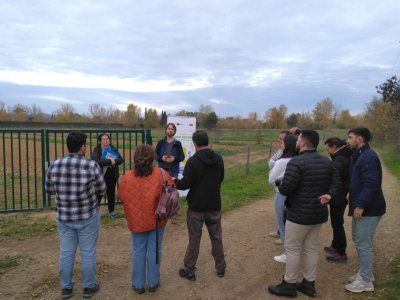
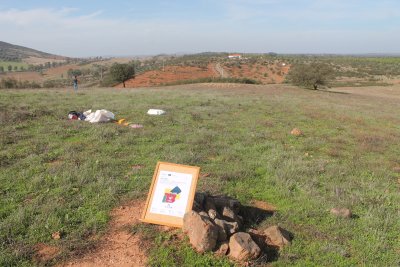
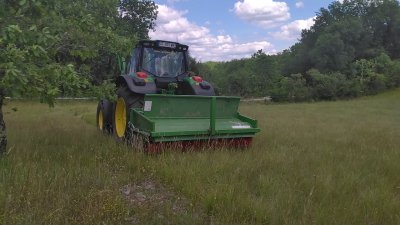
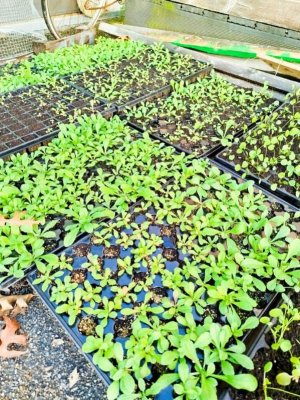
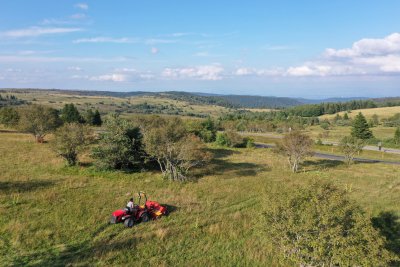

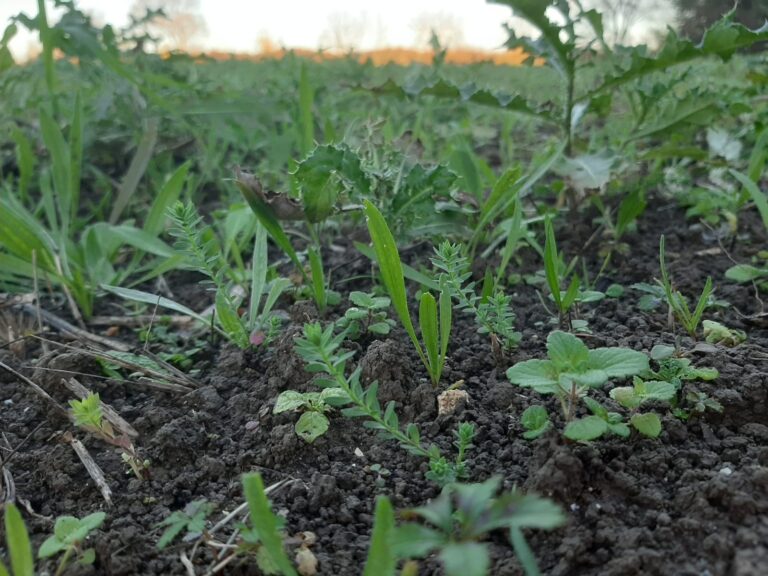
The pilot actions will consist of the collection of seeds from native wild herbaceous plants (such as isolated species or mixtures) from harvesting grasslands of ecological interest previously identified by the partners. These collections may or may not be followed by an intermediate stage of multiplication, after which the seeds will be planted in objective plots of high biodiversity value, located in the vicinity (or, in any case, in the same biogeographical zone) for the purpose of ecological restoration. These pilot projects are innovative at various levels. First, we will work with species that are not, or are not widely available, at first. There is little to no reference to the methods of harvesting the mixtures (brushing, harvesting, hay transfer, manual harvesting) and to the methods used to grow these seeds, so our experiments will generate new knowledge. Within the framework of the Flore project, at least 4 different methods (hence the target value of this indicator) will be tested, but in each country several pilot ecological restoration sites will be created, allowing the diversification of climate and soil methods and contexts. This network of experimental sites will also be a support for the transfer of knowledge, both for the beneficiary partners of the project (through study trips) and for all interested economic operators, with the organisation of technical days. This demonstration value will be maintained in the long term, as pilot site managers will commit to ensuring the sustainability of the facilities, in particular by adopting the recommended sustainable management methods.